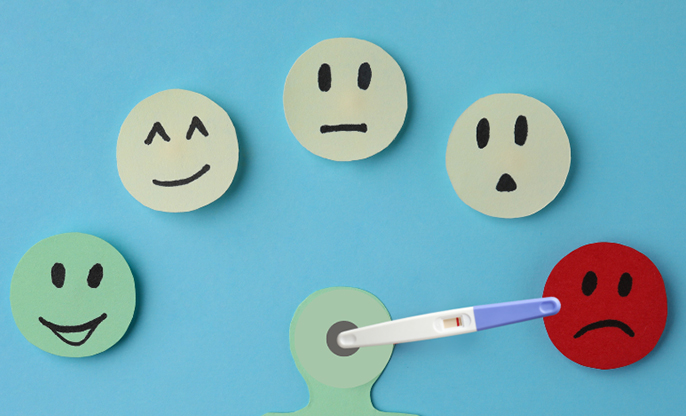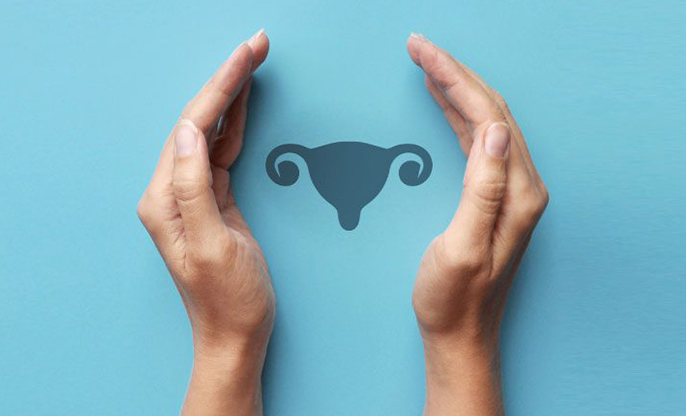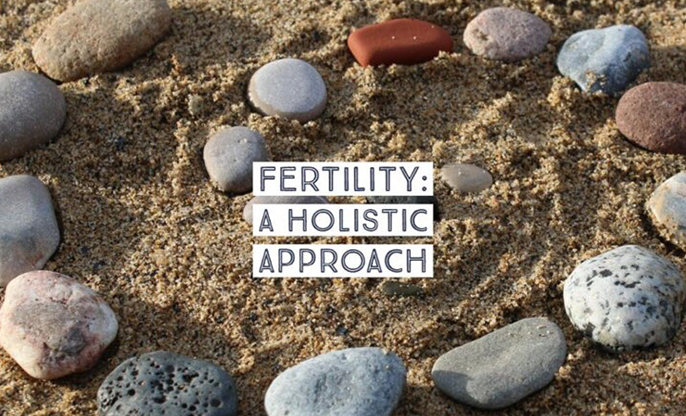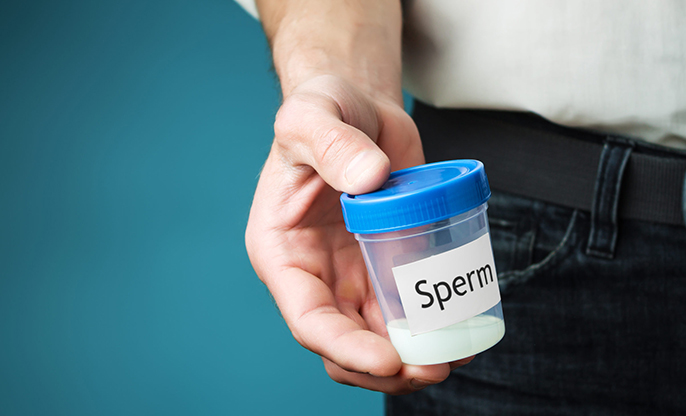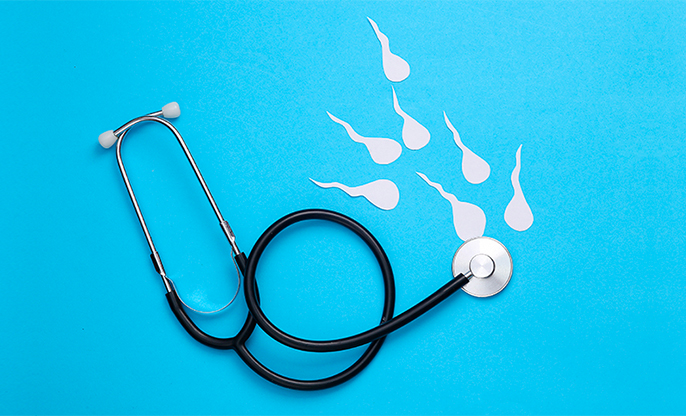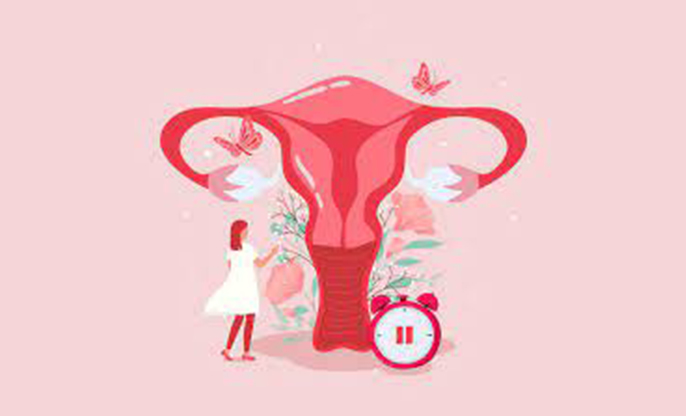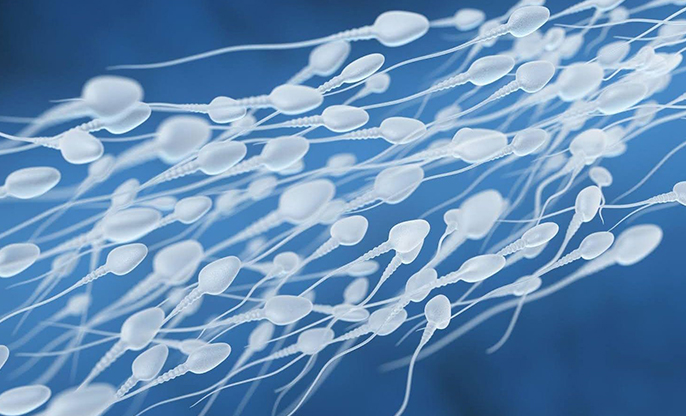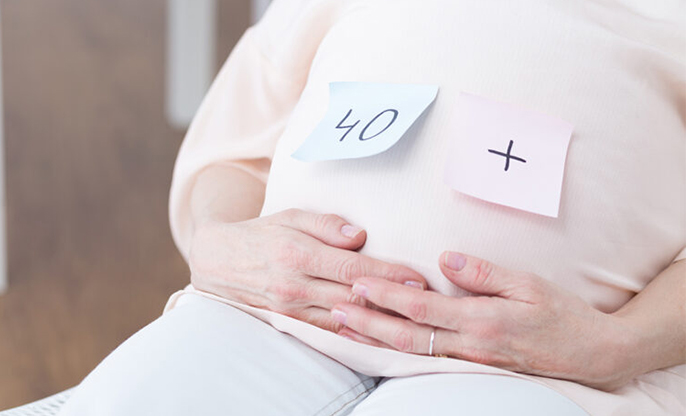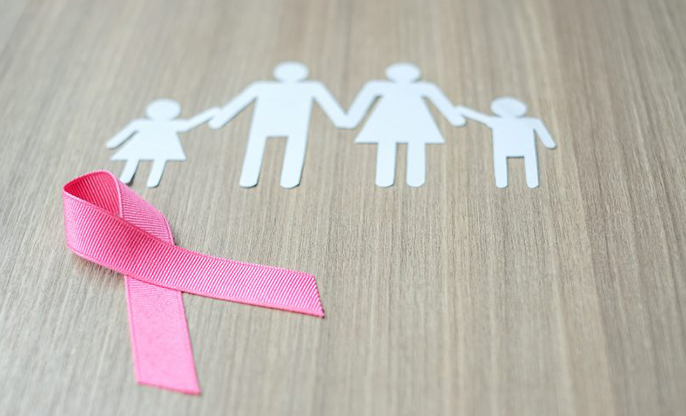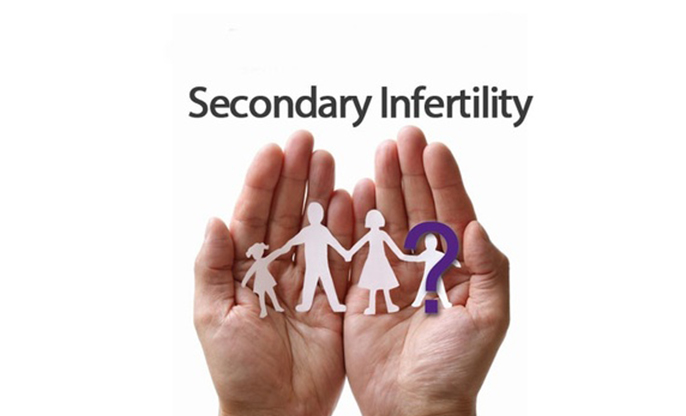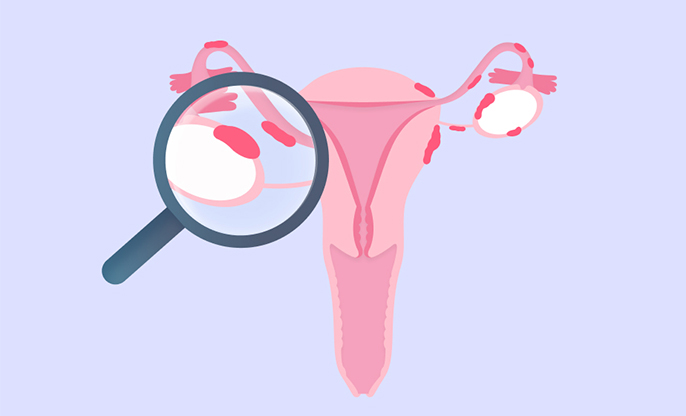
Endometriosis and Fertility: A Delicate Balance
Endometriosis is a complex medical condition that affects many women, and its relationship with fertility is a topic of great concern. To understand the connection between endometriosis and fertility, it's essential to delve into the basics of this condition and its potential consequences on the female reproductive system.
Layers of the Uterus
The
uterus, a crucial component of the female reproductive system, consists of
three distinctive layers:
·
Endometrium: The innermost layer, called the endometrium, serves
as the lining of the uterus. It plays a pivotal role during pregnancy, as this
is where a fertilized egg implants and develops. If pregnancy doesn't occur,
the endometrium thickens and then sheds during the menstrual cycle.
·
Myometrium: The middle layer, known as the myometrium, is primarily
composed of muscle tissue. It contracts during labour to facilitate the birth
of a baby.
· Perimetrium: The outermost layer, referred to as the perimetrium or serosa, is a thin protective covering that envelops the uterus.
Understanding Endometriosis
Endometriosis is a chronic medical condition characterized by the presence of tissue that resembles the endometrium growing outside the uterus. These abnormal growths can be found on various pelvic organs, including the ovaries and fallopian tubes. Similar to the normal endometrial tissue, these growths respond to hormonal fluctuations by thickening and shedding during the menstrual cycle. However, because they are located outside the uterus, they have no means to exit the body, resulting in inflammation, scarring, and the formation of adhesions.
Impact on Fertility
Endometriosis
can have several adverse effects on fertility, making it a significant concern
for women seeking to conceive:
·
Distorted Anatomy: The presence of endometriosis
implants can lead to the distortion of pelvic anatomy. This can hinder the
egg's journey to the fallopian tube or obstruct the sperm's ability to reach
the egg, reducing the likelihood of successful fertilization.
·
Fallopian Tube Damage: Endometriosis may cause blockages
or damage to the fallopian tubes, creating obstacles for the egg and sperm to
meet and fertilize.
·
Inflammation: The chronic inflammation associated with
endometriosis can negatively impact egg quality, implantation, and overall
fertility.
· Hormonal Imbalance: Endometriosis can disrupt the delicate hormonal balance required for successful conception and pregnancy.
In Conclusion
Endometriosis
is a complex condition with the potential to significantly affect fertility.
Early diagnosis and appropriate management are crucial for women with
endometriosis who are trying to conceive. While treatment options exist, the
impact of endometriosis on fertility remains a challenge. Seeking timely
medical attention and support is essential for managing fertility-related
concerns associated with endometriosis.
For
treatment options, kindly refer to the following article.



